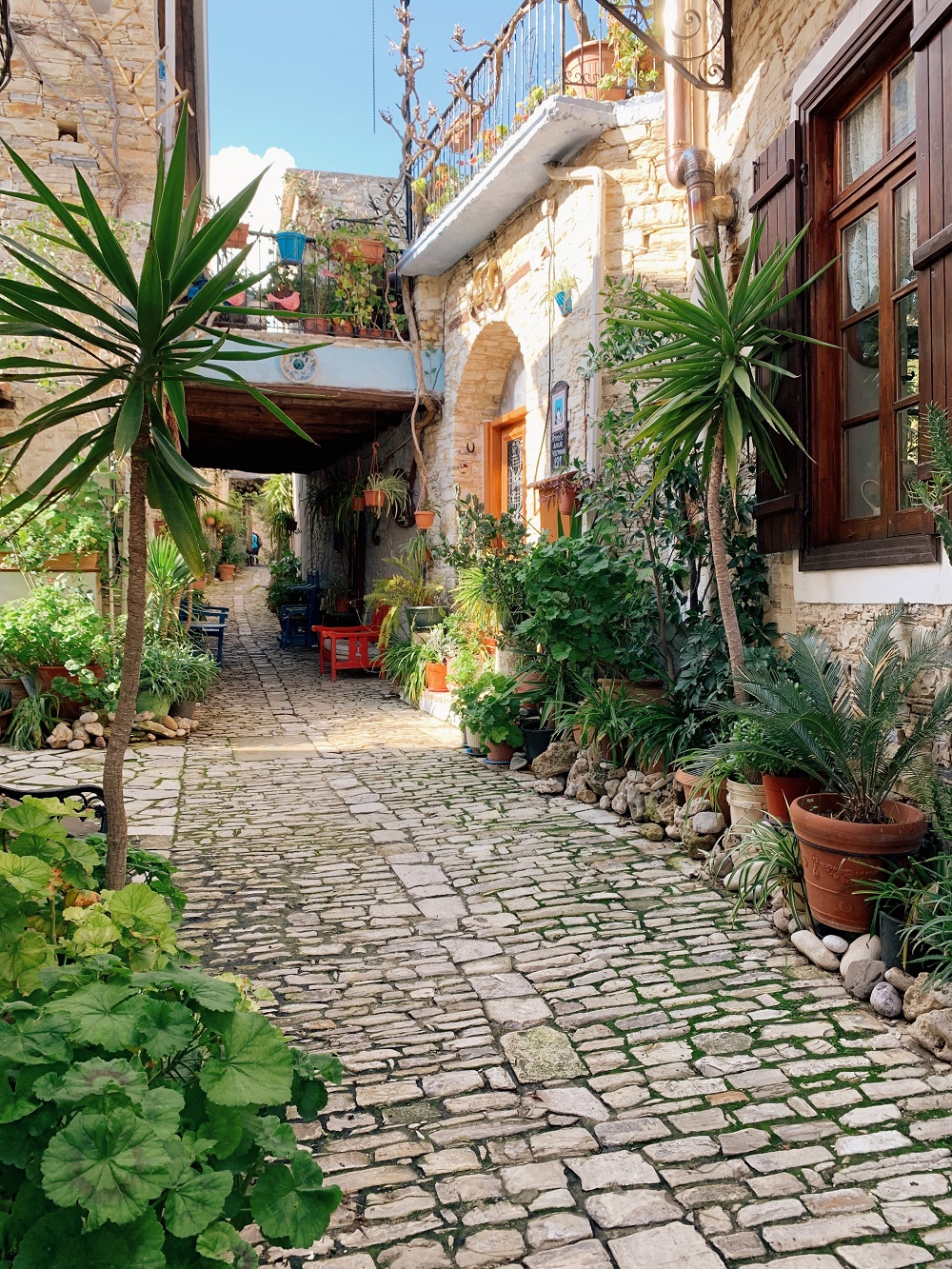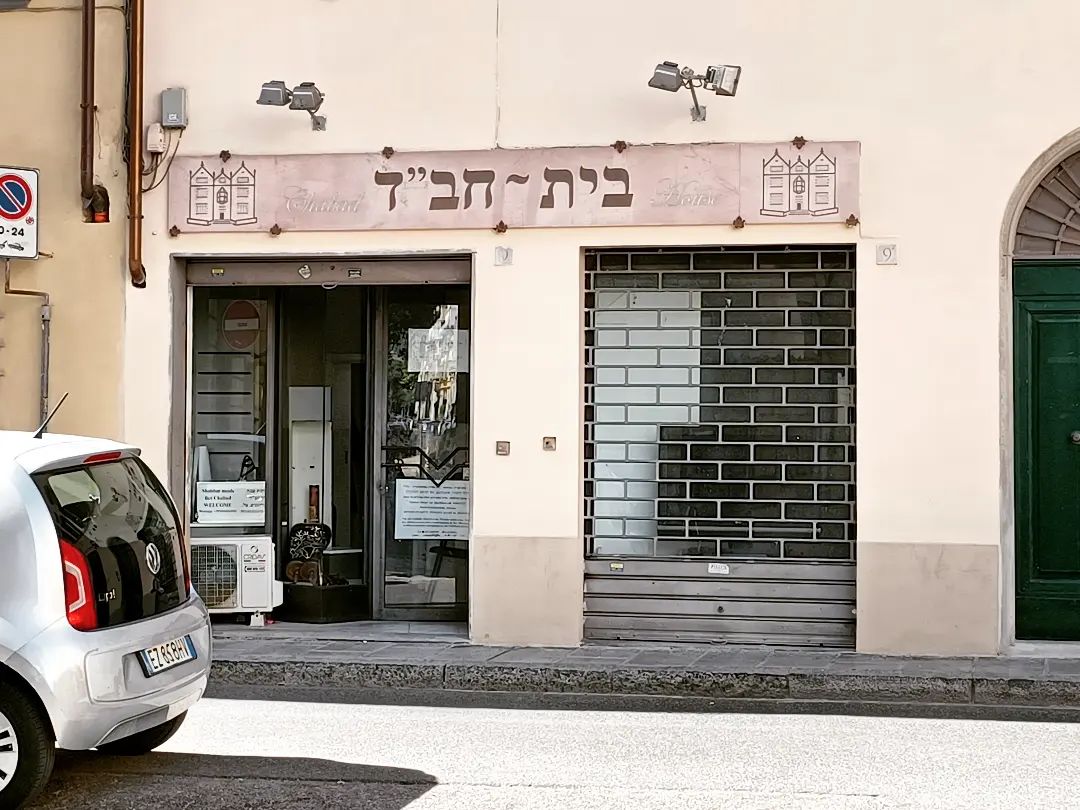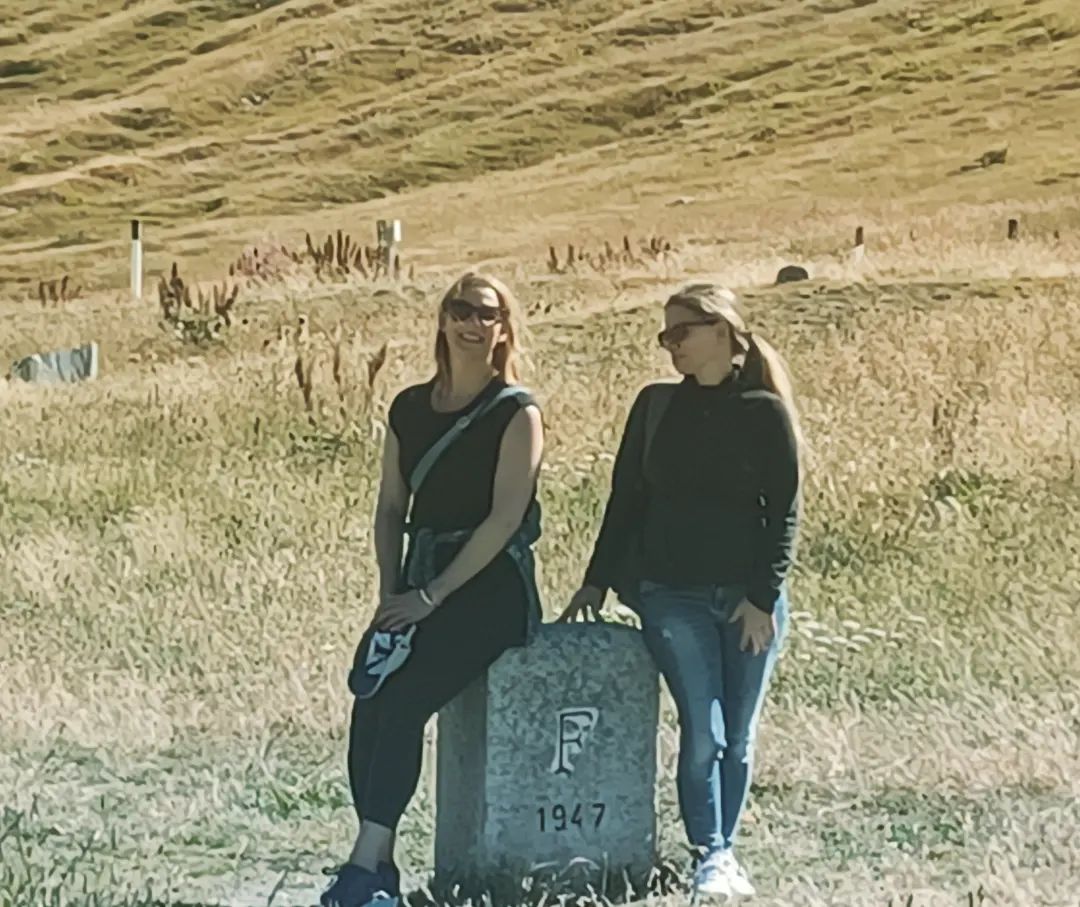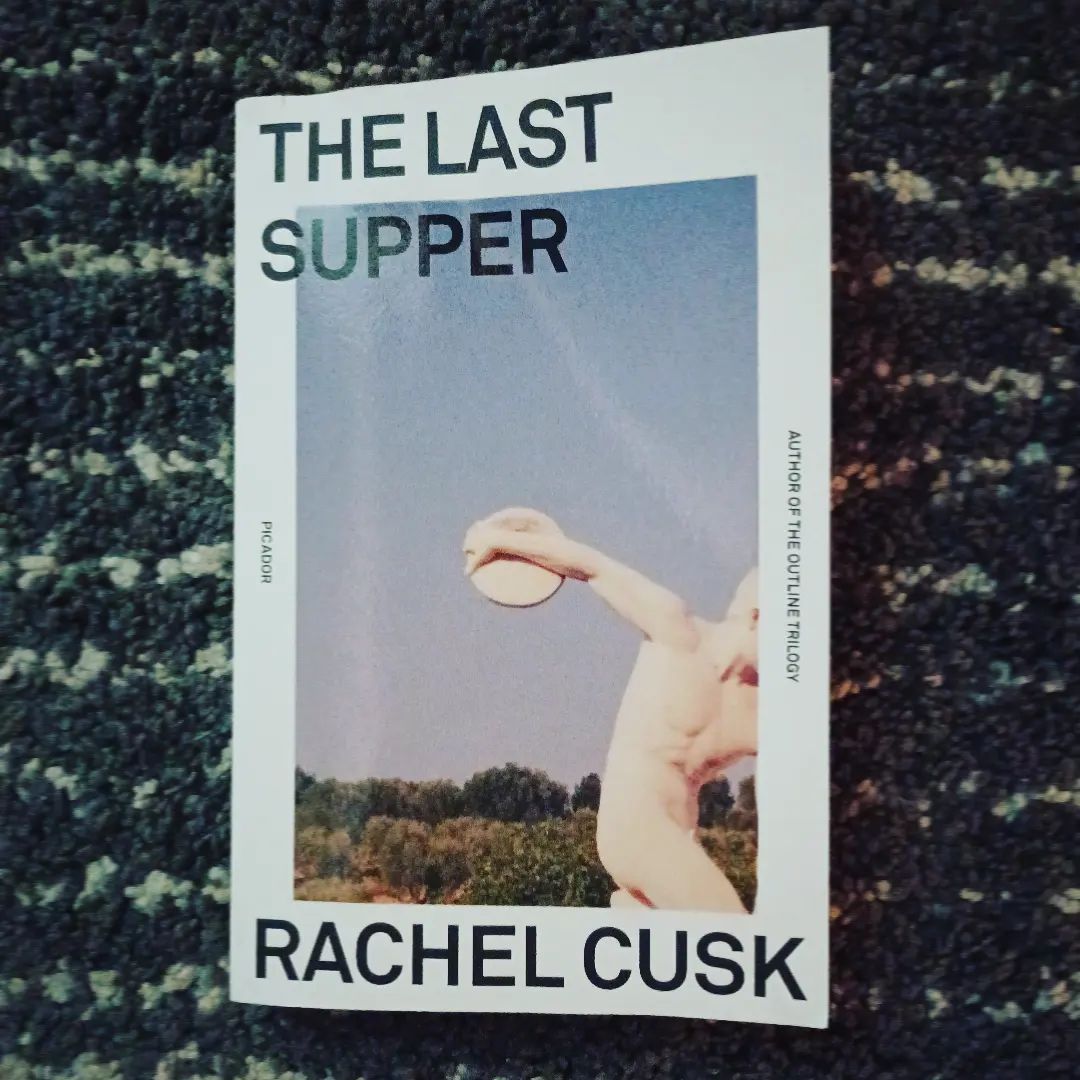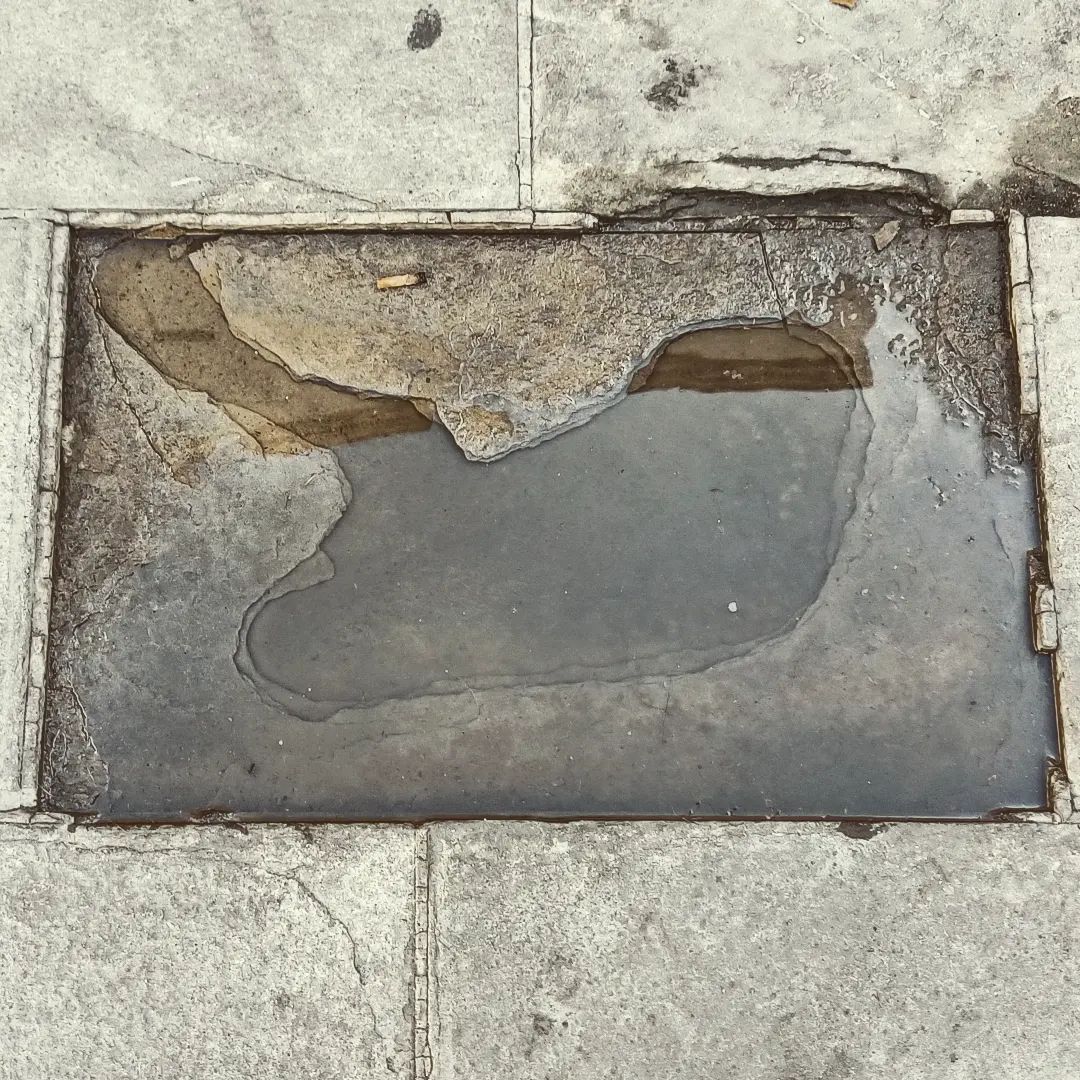You see them everywhere, in virtually every season except the hottest months. On men, on women, On babies and young schoolboys. Certainly on schoolgirls and ragazze di liceo (high school girls). On toddlers. Definitely on nonni (grandmas and grandpas). They become obligatory accessories here somewhere in late September, and remain so until summer, in June.
I refer to the medical scarf.
 |
| Very fashionable, but very safe. Solid anti-cervicale strategy. She should pull it a bit tighter, honestly. |
Europe is a firm believer in the Power of the Scarf as a health accessory, across the continent. Strangely, I do not remember much scarf-wearing in Santiago, Spain in 1993, but I was a nineteen-year-old Euro neophyte then. My Spanish boyfriend did give me his scarf in our early flirtations, so perhaps he found me scarf deficient. It was roughly woven of wool and mohair, and so was not put on wardrobe rotation, although now that I think about it, it did bear many characteristics of a medieval penitent’s hairshirt: scratchy, uncomfortable, punishing.
In Strasbourg, a couple of years later, so ubiquitous were scarves that I used to count them on the bus. As less of a Euro neophyte then, but certainly still a neophyte in many ways, I was not familiar with the Burberry signature plaid pattern, and thought that Strasbourg maintained a civic plan to distribute the beige, red, and black-striped lambswool scarves to all qualifying citizens. The scarves were always neatly wrapped and folded to cover the neck up to the ears and the chin, because of what use is a scarf if only loosely wrapped?
The “Strasbourg scarf,” I called it, marveling at its omnipresence, and assuming that such a conformity could only have been locally enforced, because surely people would not choose to all wear the same scarf, unless they were fans at a football (soccer) (calcio) game. I did not become aware of the Burberry brand until a few years later, and pieced together the reason for the popularity of the plaid. I also realized that the Strasbourgeoisie, living very much up to their moniker, had likely paid about two or three hundred dollars each at the time for the scarf.
 |
| “Without a scarf, your humours are sure to become unbalanced.” |
Europe retains many beliefs in quasi-Galenic medical theory that are not part of American culture, unless you happen to have a Jewish or Finnish grandma in the house. (I am ever grateful for the daily relevance of everything I learned in 1993 in “The History of Science in Islam,” with Dr. Ragep.) The importance of staying well covered. That no skin should be exposed to the outside elements. That you should never shiver, nor sweat. The goal is to maintain a corporal equilibrium as close to balanced as possible. Vulnerable parts of the the body that are prone to weakness and infection, such as the ears, and especially the throat, must be appropriately cared for and managed at all times in dangerous months (October through May).
Americans may scoff at this, raised to be hardy as we are. I remember times in my life when I stubbornly wore shorts in fifty degree weather, for example, in the Beartooth Mountains of Montana, snowy even in July. Now when I see thinly clad tourists in Firenze, walking down Ricasoli or Servi in shorts and a t-shirt, I too have begun to mutter, put some clothes on, you’ll get so sick.
Illnesses brought on by insufficient scarf usage could include sinus infection, ear infection, rafreddore (a cold), and the dreaded cervicale, a malady so particular to Italy and France that we do not even seem to contract it in North America even as we sit in 64 degree Fahrenheit air conditioning in an office in October. (France: mal de guele.) Europeans will clutch at their throat as though a sharp knife were held sideways to it, and immediately exclaim that the throat is unable to withstand a draft. Medical doctors will also disseminate this information.
In Arezzo, in 2013, I was advised by my doctor very specifically as to what kind of hat and scarf to use when recovering from an ear and throat infection. I was also reprimanded for lax scarf use. This preventative aspect of national healthcare in Italy is a general consensus. There are things you do, and then things you don’t do, if you wish to maintain a baseline level of good health. When Italians advise me on these points, I feel the weight of conviction from reliable, passed-down knowledge of a hundred generations or more.
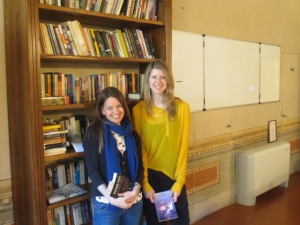 |
| Arezzo, 2012. Even when indoors, a cashmere scarf at the ready for a quick bundle. |
Florentines love nothing more than the cambio di stagione that signals to them it is now fair game to bring out the scarves and piumini (down coats). In truth I have seen them wearing piumini in late summer, on mornings that dropped into the sixties.
Now that it is October, we are in full sciarpe and piumini season. Scarves are wound, tightly and voluminously, around vulnerable Italian necks. Piumini are out and about. Women are wearing knee-high boots. There is public tsking at t-shirts on tourists often seen congregating in front of the Hard Rock Cafe.
Failure to confirm to seasonal Florentine wardrobe norms will result in illness, and possibly, death. Grandmas will shoot you the look in the park that says, zip up, bundle up, or pay with your life. We are helpless to help you unless you help yourself by following a few basic rules.
I did bring approximately thirty to forty scarves with me when we moved back to Italy, since I have been trained in these basic preventative care precepts. I have lighter ones for slightly warmer seasons, and heavier ones to wind around three times on days when the wind sweeps through the valley of the Arno. I buy them often. I do like a scarf. Who doesn’t like a scarf, after all? I do feel safer, cocooned, protected, even if I were only warding off the malocchio (evil eye) of the nonne (grandmas). I certainly “pass” more quietly as a non-tourist when so bundled up, and that brings a peace of mind in itself.
 |
| An American family conforming to Italian winter wardrobe norms. Check, check, check. No grandma tickets here. |




